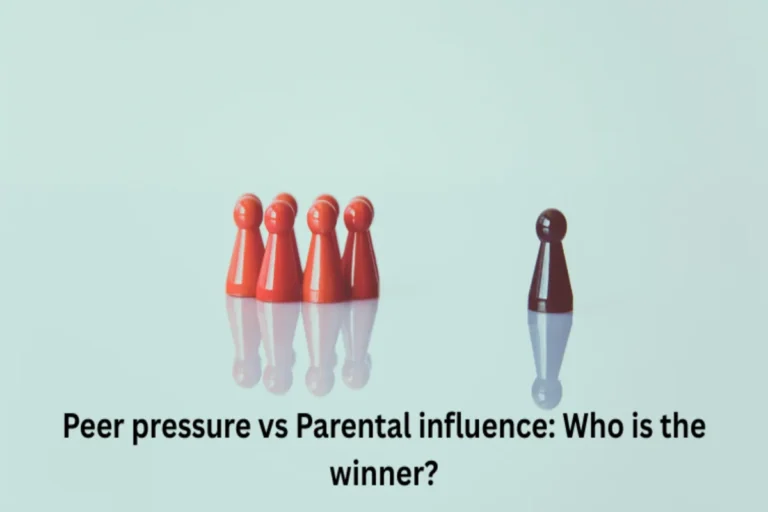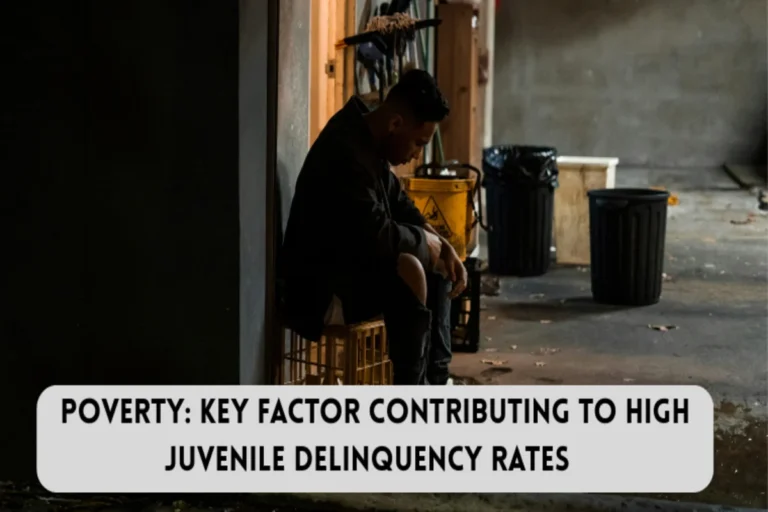
Juvenile delinquency is becoming an increasing concern around the world because it impacts entire communities, not just the individuals involved. It refers to young people breaking laws or going against social norms actions that can lead to legal consequences. Some cases can be attributed to peer pressure or challenging situations in the society but others are as a result of other factors such as social, economic or psychological factors. Helping young people stay out of trouble—and guiding them back when they slip—is something that takes all of us. Parents, teachers, law enforcement, and the wider community each play a part. In this artile we’ll explore what leads to juvenile delinquency and looks closely at how families and society can work together to prevent it and support rehabilitation.
What is Juvenile Delinquency
Juvenile delinquency is a type of crime that involves various criminal activities such as vandalism, theft, drug abuse, violence and even cybercrime. The level of delinquency is not the same for all the offenders, some of them are petty offenders while others are serious offenders. It is important to identify the causes of the phenomenon in order to prevent it and correct the existing problems.
Common Causes of Juvenile Delinquency
- Family Issues: Lack of direction from parents, physical abuse, separation or divorce, or neglect can cause delinquent behavior.
- Peer Pressure: Many young people commit crimes due to peer pressure which makes them practice antisocial vices.
- Poverty and Unemployment: The reason for this is that the young people are forced to steal, use drugs or join gangs in order to earn a living.
- Substance Abuse: Drug and alcohol abuse are also the cause of delinquent behavior.
- Low Educational Level: Lack of interest in study, repeating of classes, and leaving school are the factors that are closely related to the crime rates among young people.
- Mental Health Issues: Minors with anxiety, depression, and behavioral disorders may engage in criminal activities.
- Social Media Influence: The exposure to the violent or illegal activities in the internet can affect a juvenile negatively.
- Neighborhood Environment: Minors who are brought up in crime-prone areas are likely to learn crime and imitate criminal behaviour.
Parent’s Involvement in the Prevention of Juvenile Delinquency
Parents are the first and most important influence to their children in terms of values, principles and behaviour. A stable family unit, good communication, and emotional support are some of the factors that help in preventing juvenile delinquent behaviors.
Most Effective Parenting Strategies
- Encouraging Open Communication
- Create an environment that children can freely express themselves and explain their concerns.
- Listen to them without interrupting or punishing them.
Providing Emotional Support
- Express love, appreciation and encouragement.
- Teach them how to solve problems and how to manage stress.
Setting Clear Boundaries and Discipline
- Define what is right and wrong concerning the behaviour that is acceptable.
- Positive reinforcement and fair sanctions are used in the process.
Monitoring Friendships and Activities
- Encourage them to have good friends and not to associate with criminals.
- Try to know about their social life and the internet activities.
Promoting Education and Extracurricular Activities
- Stress on education and learning throughout one’s life.
- Get them involved in sports, arts and other extra co-curricular activities to help them develop discipline and responsibility.
Getting Professional Help When Needed
- If the child changes their behavior, one should seek professional help through counseling or therapy.
- In case of any issues, the parents should work with the teachers, social workers or psychologists.
Society’s Role in Redressing Juvenile Delinquency
While parents have the greatest responsibility, society also has a role to play in the prevention and rehabilitation of young offenders. Society must develop positive environments for growth, learning, and opportunity.
Community Based Programs
After School Programs
- These are programs that are created to channel the youth into useful activities.
- Mentorship programs assist in the enhancement of confidence and leadership.
Counseling and Mental Health Services
- There should be readily available counseling services for the youth in distress.
- Mental health awareness campaigns help to decrease the stigma that is associated with the disease and also encourage early treatment.
Educational Opportunities
- Schools should offer career guidance, skills training, and other forms of education for the needy youth.
- Sponsorship or fee reduction initiatives can assist in breaking the cycle of poverty.
Community Policing and Crime Prevention
- Police should be engaged by the community to foster cooperation and provide security to the people.
- Neighbourhood watch schemes can help prevent juvenile criminal activities.
Employment and Vocational Training
- Juveniles are offered job training and apprenticeship which are better than criminal activities.
- Promoting entrepreneurship and financial education can make young people independent and responsible.
Stronger Legal and Rehabilitation Policies
- Juvenile justice systems should emphasize rehabilitation instead of punishment.
- The implementation of community service programs and probation and rehabilitation systems functions as an effective method to stop criminal offenders from reoffending.
How Schools Can Help in Preventing Juvenile Delinquency
Schools bear an essential responsibility for stopping juvenile delinquency through their educational practices. Educators need to actively recognize vulnerable students so they can receive proper assistance.
Strategies Schools Can Implement
Early Identification of At-Risk Students
- The school must track student attendance together with their academic marks and their behavioural patterns.
- Students who come from difficult home situations need to receive special educational support.
Anti-Bullying and Conflict Resolution Programs
- Teaching students to handle disputes peacefully reduces violent tendencies.
- The development of a positive school environment relies on peer mediation and student participation.
Creating a Safe School Environment
- Implementing strict anti violence policies.
- Student participation in extracurricular activities should be actively promoted.
Parental Involvement in Education
- Regular meetings between parents and teachers must take place to evaluate student academic progress.
- Workshops should be available for parents that teach them about child development as well as behaviour management.
Rehabilitation and Reintegration of Juvenile Offenders
Society requires proper rehabilitation alongside reintegration services for minors who engage in criminal activities. The cycle of reoffending commonly occurs when society adopts punishment as its main strategy yet effective rehabilitation programs provide offenders with opportunities to start anew.
Effective Rehabilitation Strategies
Juvenile Rehabilitation Centers
- These centers should provide education, therapy, and life skills training.
- Focus on emotional healing and behavioral correction.
Community Based Rehabilitation Programs
- Non Governmental Organizations (NGOs) can offer mentorship and guidance.
- Reformed offenders who have experienced rehabilitation serve as good examples for others.
Educational and Vocational Training
- The acquisition of skills in carpentry, coding and entrepreneurship creates professional prospects for them.
- The availability of scholarships together with financial aid should be extended to students who want to continue their education.
Family Therapy and Reintegration Support
- Guidance services should be offered to parents to help them support their child during the successful transition back to society.
- Support groups dedicated to families with juvenile offenders offer emotional guidance and practical advice.
Mentorship and Support Networks
- At-risk youth receive guidance from community leaders together with professionals.
- Positive role models emerge from religious and cultural organizations to help young people.
Addressing juvenile delinquency requires combined efforts to develop prevention strategies alongside rehabilitation programs because solving this issue proves complex. Parents need to care for their children through guidance and education while society must create possibilities for personal and professional development. Schools along with law enforcement agencies and community organizations must establish a secure environment through collaborative efforts. The combination of addressing delinquency causes with strong prevention and rehabilitation systems leads to a future with decreased juvenile crime rates and increased responsible youth participation in society.mplementing effective prevention and rehabilitation programs, we can help shape a future where fewer minors turn to crime and more young people thrive as responsible citizens.


